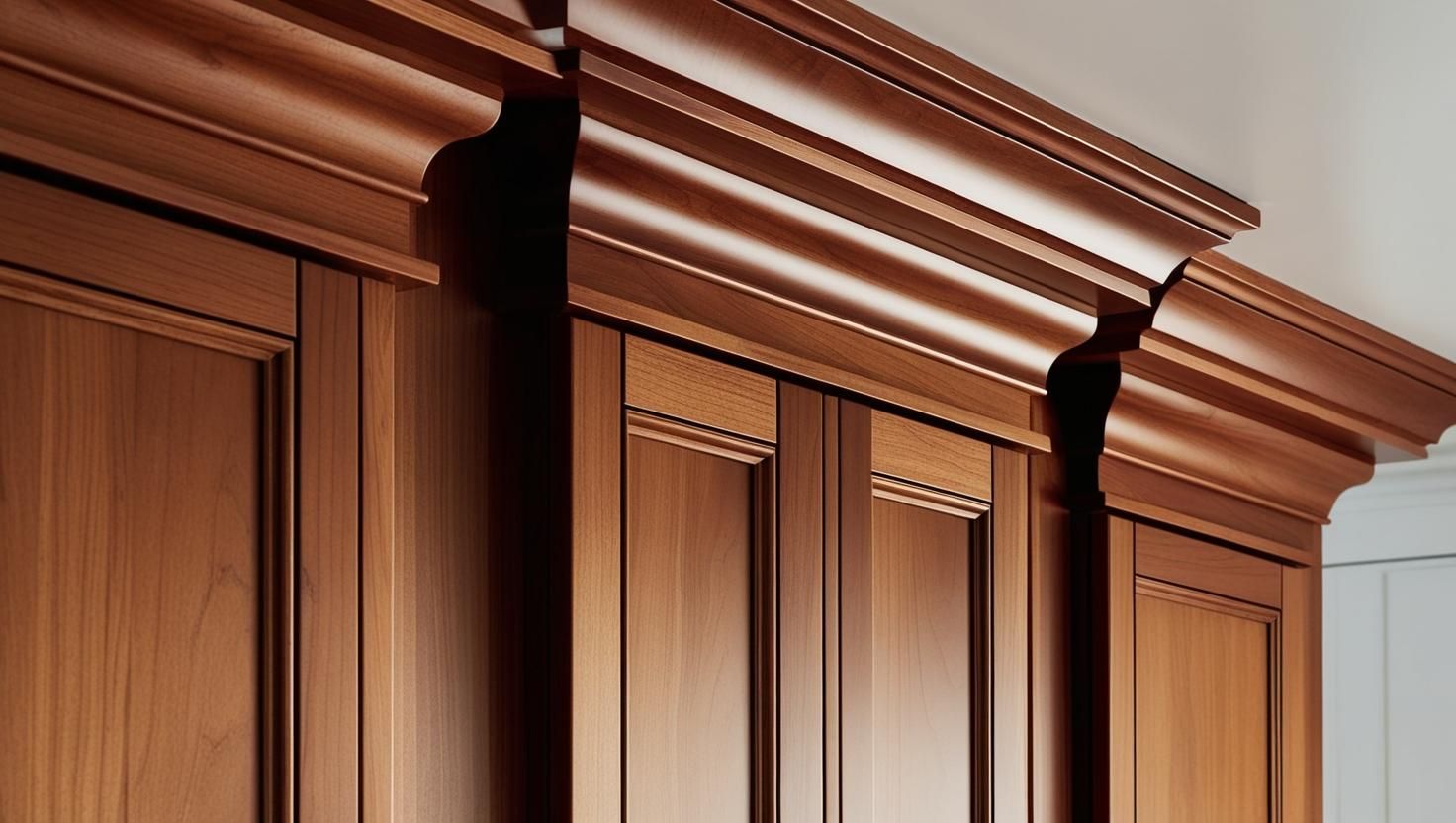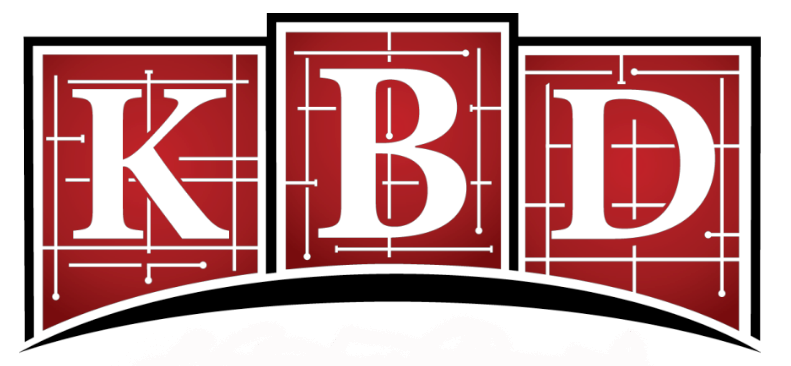Blog
The Role of Crown Molding in Cabinet Design
Adding elegance and height to your kitchen cabinets with decorative molding

The Role of Crown Molding in Cabinet Design
Crown molding is a timeless feature that adds a touch of elegance and sophistication to any kitchen. As a decorative element, it bridges the gap between cabinets and ceilings, creating a seamless and polished look. Whether you’re designing a new kitchen or upgrading an existing one, crown molding can elevate your cabinet design and transform your space. In this blog, we’ll explore the role of crown molding in cabinet design, its benefits, and how to incorporate it into your kitchen.
What Is Crown Molding?
Crown molding is a decorative trim that runs along the top edge of cabinets, where they meet the ceiling. It originated in classical architecture and has since become a staple in interior design. Available in a variety of styles and materials, crown molding enhances the visual appeal of cabinets and adds a sense of height and grandeur to your kitchen.
Benefits of Crown Molding in Cabinet Design
1. Aesthetic Appeal
Crown molding instantly elevates the look of your cabinets, giving them a finished and cohesive appearance. It adds a layer of detail that enhances the overall design of your kitchen.
2. Seamless Transition
Crown molding bridges the gap between cabinets and ceilings, eliminating awkward spaces and creating a smooth, polished finish.
3. Increased Home Value
A well-designed kitchen with crown molding is often more appealing to buyers, potentially increasing the resale value of your home.
4. Customization Options
Crown molding comes in a wide range of styles, materials, and finishes, allowing you to personalize your cabinets to match your design preferences.
Popular Styles of Crown Molding
Crown molding styles vary from simple and understated to intricate and ornate. Here are some popular options:
1. Traditional Crown Molding
This classic style features curved or detailed profiles, adding elegance to traditional or transitional kitchens.
2. Modern Flat Crown Molding
Flat or minimalistic molding suits contemporary kitchens, offering a clean and streamlined look.
3. Stepped Crown Molding
Stepped designs feature multiple layers or levels, creating depth and dimension. This style works well in both traditional and modern spaces.
4. Dentil Crown Molding
Dentil molding features a series of small, evenly spaced blocks, making it a striking choice for formal or traditional kitchens.
Materials for Crown Molding
Crown molding is available in various materials, each with its own benefits:
Wood: Ideal for a classic or rustic look, wood molding can be stained or painted to match your cabinets.
MDF (Medium-Density Fiberboard): A cost-effective option that’s easy to paint and customize.
PVC: Lightweight and moisture-resistant, making it suitable for kitchens with high humidity levels.
Metal: Offers a modern and industrial aesthetic, perfect for contemporary designs.
How to Incorporate Crown Molding into Your Kitchen
1. Match Your Style
Choose a crown molding style that complements your cabinets and overall kitchen design. For example, ornate molding pairs well with traditional cabinets, while simple profiles suit modern kitchens.
2. Consider Proportions
The size of the crown molding should be proportional to the height of your cabinets and ceiling. Taller ceilings may require larger or more intricate molding for balance.
3. Customize with Paint or Stain
Match the color of your crown molding to your cabinets for a cohesive look, or use a contrasting finish to create visual interest.
4. Combine with Other Trim
For a truly custom look, pair crown molding with other trim elements like light rails or base molding to enhance your cabinets further.
Design Tips for Crown Molding
Highlight Ceiling Height: Use crown molding to draw attention upward, making your kitchen feel taller and more spacious.
Use Lighting: Pair crown molding with LED strip lights to create a soft, ambient glow above your cabinets.
Frame Key Features: Crown molding can be used to frame standout features, like a range hood or built-in shelving, adding a touch of luxury.
Common Questions About Crown Molding
1. Do All Cabinets Need Crown Molding?
Not necessarily. Crown molding is a great addition for cabinets that extend to the ceiling, but it can also be used to enhance partial-height cabinets or standalone units.
2. Can Crown Molding Be Retrofitted?
Yes, crown molding can be added to existing cabinets, making it a versatile option for kitchen updates.
3. Is Crown Molding Expensive?
The cost depends on the material and design complexity. While wood and ornate profiles are more expensive, MDF and simple designs offer affordable options.
Final Thoughts
Crown molding is a versatile and impactful element that enhances the beauty and functionality of your kitchen cabinets. Whether you prefer a simple, modern style or an intricate, traditional design, crown molding can elevate your kitchen to new heights—literally and figuratively.
At www.kbyd.com, we specialize in custom cabinet designs that include crown molding to suit your unique style and needs. Contact us today to learn how we can help bring your dream kitchen to life!

